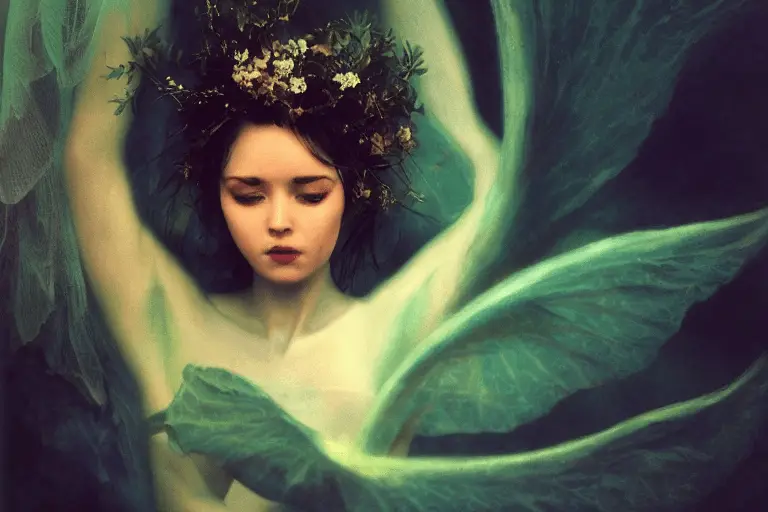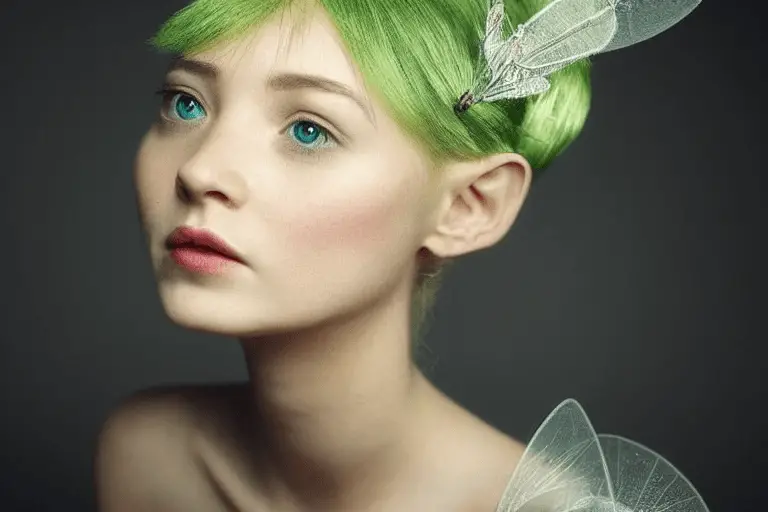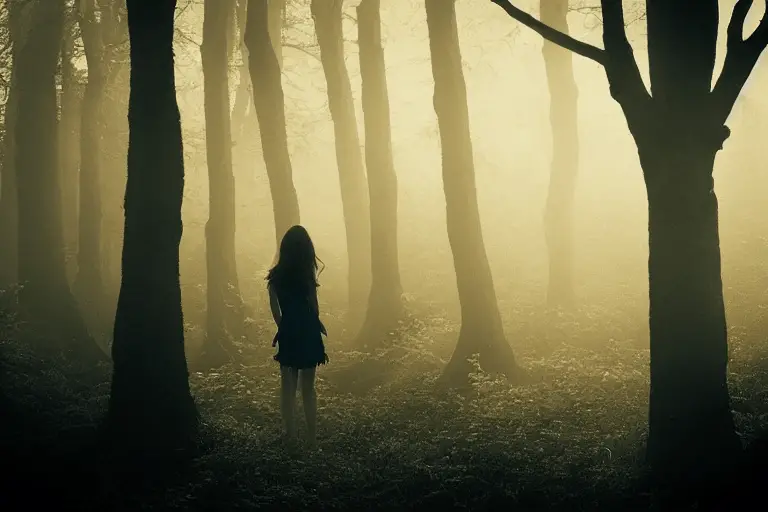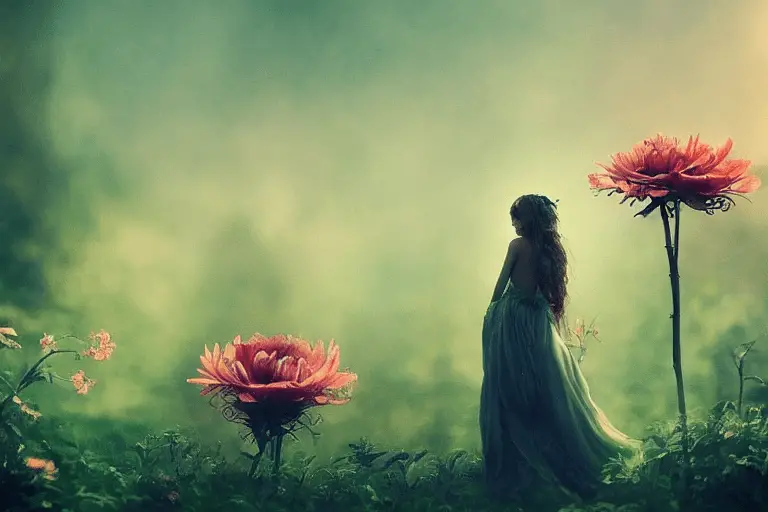Share the Lore!
By: Alex Postrado
A Detailed Guide To Greek Mythology’s Nymphs
In Greek and Classical mythology, there is a class of minor divinities that are commonly depicted as beautiful young women.
Rarely seen by humans, but nevertheless ubiquitous, these beings are known as nymphs.
Simply put, nymphs are deities that are not only tied to specific places and natural sites but are also the very embodiment of nature itself.
There are various types of nymphs in records and each type presides over specific spaces.
We may be familiar with the nymphs who tend the waters, like the Oceanid Calypso. Or those who look after the mountains, such as the Oread Echo.
But, as they continue to take shape in literature and works of art alike in this present day, how much do we know about these multi-faceted spirits of nature?

WHAT ARE NYMPHS?
The gods may be the center of the Greek pantheon, but ancient myths would not be complete without the mention of their lower-ranking counterparts, known as nymphs.
These mostly female order of divinities are the so-called “personifications of nature.”
Appearing in stories as prepossessing deities in the prime of youth, they are regarded as both the natural environment itself and the beings tasked to craft nature’s “wild beauty.”
The name nymph derives from the Greek word nýmphē, which translates in English to “young bride” or “young woman” 一 thus, fertility and life play a huge role in their symbolisms in the mythos.
Although not necessarily immortal 一 unlike their godly superiors, also known as the Olympians 一 nymphs had longer lives than, us, humans. And when mated with a god, a nymph can bear immortal children.
But mortal men are also known to take part in affairs with nymphs.
These affairs generally happen when solitary travelers find their way into natural areas 一 often far out of town 一 that are guarded by these mystical beings.
A telltale sign that nymphs are close by? When music is suddenly heard from out of nowhere 一 which, in turn, would be followed by the manifestation of a group of dancing or frolicking maidens.
Approach them carefully, though, 一 or not at all.
Because, while some can be well-disposed toward humans, encounters with certain kinds of nymphs could pose a risk by way of madness, blind infatuation, or stroke.
NYMPHS VS FAIRIES
For the longest time, the mythical nymphs have been muddled up with the folkloric fairies. The reasons for such confusion stretch back to the Middle Ages and include both, being predominantly female species and bringing about enchantment upon mortals whom they run into.

However, it is worth noting that these two races of the supernatural actually differ in quite a number of things 一 starting with their physical characteristics!
While fairies are frequently rendered as “thumb-sized” spirit-like creatures, nymphs often come human-sized.
Not only that, as far as their origins are concerned, nymphs are known to stem from Greek traditions, whereas fairies prove to be as elusive as the source of their lore 一 something that one cannot simply put a finger on.
Finally, if there is one factor that could easily set these two apart, it would be supernatural powers.
Do nymphs possess them? Generally, no. But their diminutive parallels traditionally do, as shown through their spell casting, flying, reality warping, and more.
TYPES OF NYMPHS
In ancient Greece, nymphs come in all sorts and conditions.
Some of them complete the retinue of certain gods 一 similar to the seven Pleiades, the sister-nymphs that accompany the goddess of the hunt, Artemis; the Maenads, the frenzied followers of Dionysus, the god of wine and pleasure; and the Lampads, the torch-bearing nymphs that assist the goddess Hecate as she treads the underworld.
But most nymphs serve as extensions of the natural places they are “invariably bound to.”
This latter type of nymph can be cataloged into various, complicated, and sometimes, overlapping subgroups that all root from three main groups 一 first of which is composed of the water nymphs.

The Water Nymphs include:
The Oceanids, the three thousand ocean nymphs that are the offsprings of Titans Oceanus and Tethys. They are among the more significant types of nymphs in all of Greek mythology and a well-known example would be Metis, the first wife of Zeus and the mother of the goddess wisdom, Athena;
The Nephelai, the nymphs of clouds and rain that arose from Okeanos, the great, earth-encircling river guarded by the eponymous primordial Titan;
The Nereids, the 50-strong, sea-nymph daughters of the Oceanid Doris and Nereus, otherwise called the “Old Man of the Sea.” AKA the “nymphs of the Mediterranean Sea,” they are known to come to the aid of sailors in need of seafaring help;
And the Naiads, the nymphs that preside over bodies of fresh water. They are the “innumerable” daughters of the river gods Potamoi and they differ from other water nymphs, seeing that they are mostly beneficent and often live much closer to mortal communities.
The second group of nymphs consists of the Land Nymphs, including:

The Napaeae, the forbearing nymphs of dells and valleys. They are oftentimes pictured as beautiful maidens, donning short tunics that symbolize their grace even “in the exercise of the chase”;
The Oreads, simply known as the mountain nymphs. The principal companions of the goddess Artemis, the Oreads watch over hills, slopes, grottoes, and mountains in general;
The Leimonids, the nature spirits of flowery meadows that are believed to be fond of dancing in circles;
The Auloniad, or the pasture nymphs. They bear the god of the wild Pan’s company and a famous Auloniad example would be Eurydice, the wife of Orpheus;
The Alseids, the nymphs that embody Greek glens and groves. Not quite as genial as other minor deities, the Alseids every so often appear before lone hikers to frighten them;
And the Epimelides, the sheep-protecting, fruit-tree-guarding nymphs of Greek stories.
Speaking of trees, the third and last nymph group is formed by the wood and tree nymphs or Dryads, such as:
The Hamadryads, the nature deities that are bonded to oak, poplar, mulberry, elm, fig, and dogwood trees;
And the Meliai, the ash tree nymphs, and wives of the Silver Race of Man.
References:
- Nymph – Greek Mythology
- Nymphai – Theoi Project
- Nymphs: The Many Nature Spirits Of Ancient Greece
- Nymphs In Greek Myth: A Detailed Breakdown (Types & Myths)
- The Nymphs – Ancient Greece
